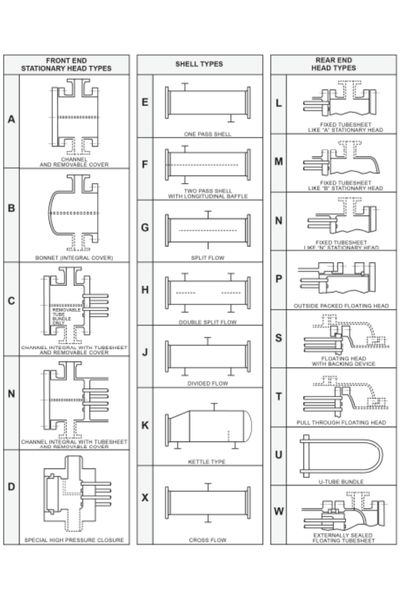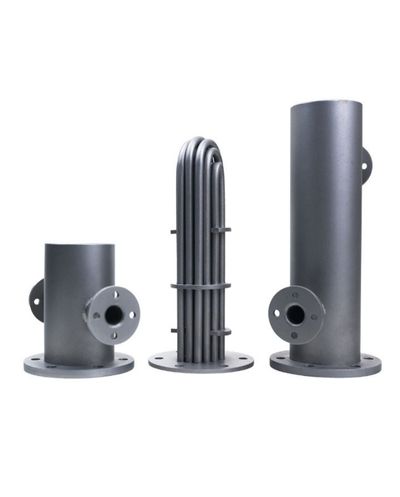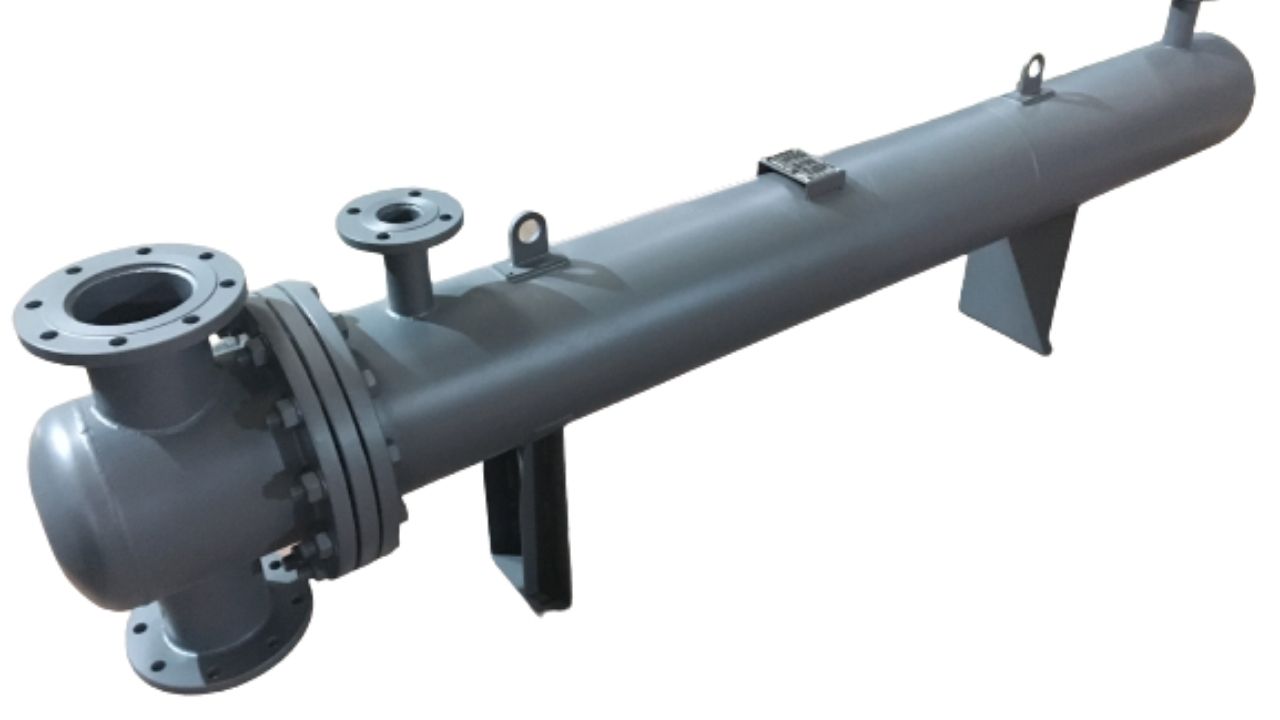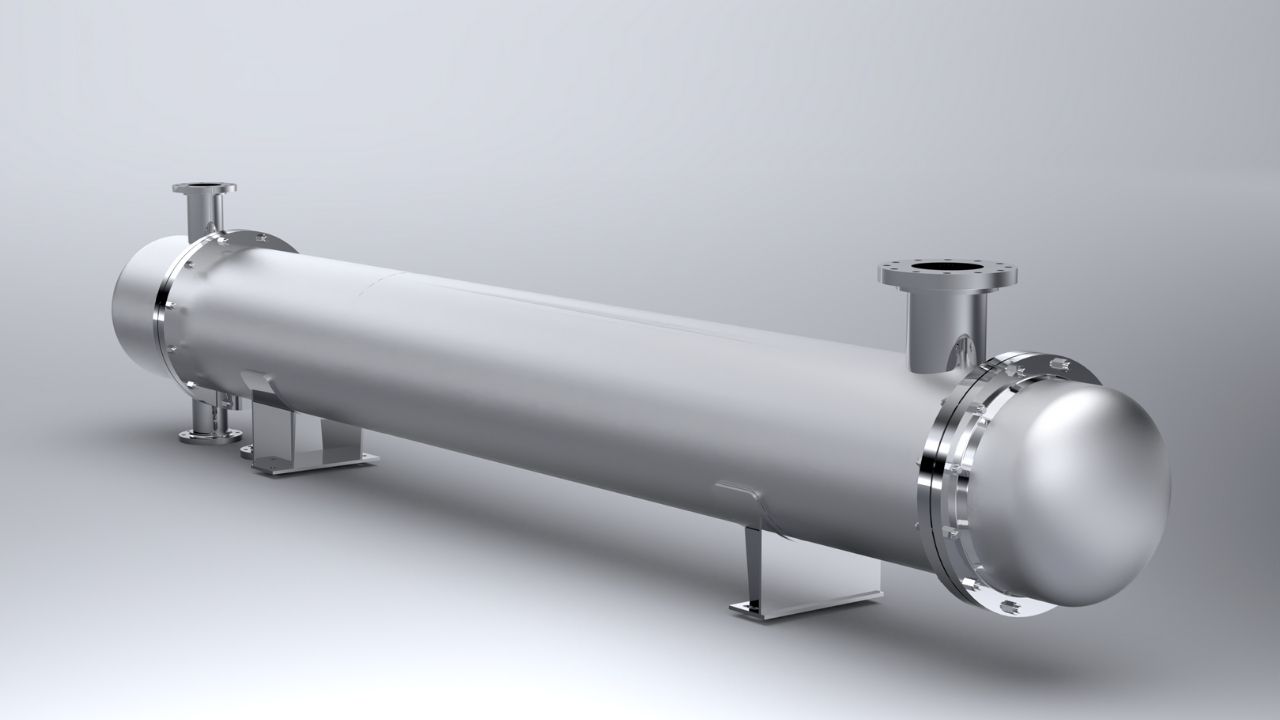One of the most used heat exchanger types in the industry is the shell and tube heat exchanger type. In simpler terms, one fluid flows inside the tube bundle while the other fluid flows through the body (outside the tube bundle).
One of the most used heat exchanger types in the industry is the shell and tube heat exchanger type. In this type of heat exchangers, thermal interaction occurs / is aimed between two separate fluids in two or three phases. One of the fluids with the external environment consists of a metal structure designed according to the heat exchanger application area, called a shell, and a structure called a tube bundle, which is also designed depending on the operating style. In simpler terms, one fluid flows inside the tube bundle while the other fluid flows through the body (outside the tube bundle). These two fluids are separated by sealing along the heat transfer surface so that they never mix with each other during the thermal interaction.
Shell and tube exchanger types standardized according to TEMA are as follows.
The simple design of the shell and tube heat exchangers makes it an ideal heat exchanger solution for a wide variety of applications, with the appropriate material and manufacturing method.
• Food, milk and beverage industry
• Automotive Industry,
• Chemical Industry,
• Oaper Industry,
• Power Plants,
• Biotechnology and Pharmaceutical Industry,
• Petroleum and Petrochemical Industry,
• Maritime and Transportation,
• Home and Personal Care,
• Iron - Steel,
• HVAC,
• Mining and Mineral Industry,
• Machinery Industry,
• It is an indispensable type of heat exchanger for the Water and Waste Treatment Industry and many other sectors.


• Stainless Steel,
• Carbon Steel,
• Aluminium,
• Copper and its alloys,
• Non-ferrous copper alloys,
• Inconel,
• Nickel,
• Hastelloy
• Including titanium, manufacturing is carried out by carefully selecting strong, thermally conductive, corrosion resistant, high quality materials, in accordance with thermal and mechanical design criteria. In addition, fluoropolymers such as Perfluoroalkoxy Alkane (PFA), Fluorinated Rtylene Propylene (FEP) can be preferred as raw materials due to their high thermal and mechanical resistance against extreme temperatures.
Calculations, designs and projects are made with ERK's expert engineers according to customer demand and in accordance with ASME Code Section VIII Div 1 and 2, AD-2000, API 661, API 650, TEMA, EN 13445, TSE standards.


ERK with its expert staff, in accordance with its permanent mission, undertakes to offer the most accurate product or service selection by considering the customer benefit as an ethical criterion in every customer request and to produce or serve in line with the most up-to-date standards and technologies.